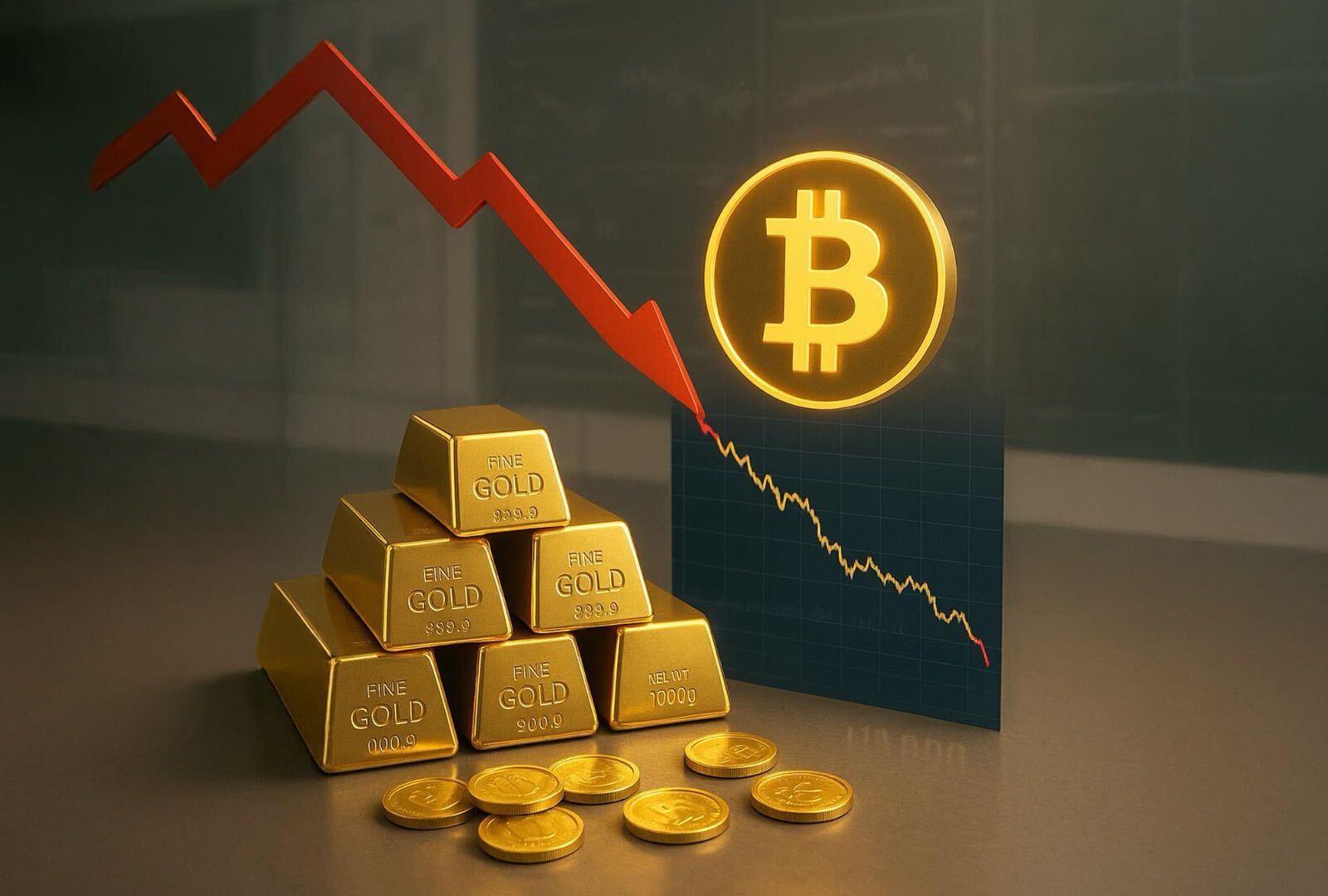Global markets are navigating a day of mixed signals as investors weigh geopolitical breakthroughs, inflationary pressures, and groundbreaking developments in technology. From the high-profile U.S.-Russia summit in Alaska to India’s first domestically produced semiconductor chip, alongside shifting commodity and cryptocurrency prices, today’s news offers a rich set of drivers influencing sentiment across asset classes.
Markets Eye High-Stakes U.S.-Russia Summit
The political spotlight is firmly fixed on Alaska today, where President Donald Trump is meeting with Russian President Vladimir Putin in a highly anticipated summit. The meeting, described by some diplomats as the most consequential U.S.-Russia encounter in recent years, comes at a time when global tensions over Ukraine remain elevated.
While the official agenda has not been fully disclosed, market analysts believe discussions could range from energy trade to sanctions relief. Investors are watching closely for signs of progress that might ease geopolitical uncertainty, a factor that has weighed on European equities and supported demand for safe-haven assets in recent months.
The timing of the summit adds another layer of intrigue, as it coincides with the annual Jackson Hole symposium, where central bankers and economists from around the world gather. Federal Reserve Chair Jerome Powell is expected to address inflation trends and the central bank’s monetary policy outlook. Any dovish tilt could combine with positive diplomatic developments to spark a risk-on rally in global markets.
Gold Prices Struggle as Fed Cut Bets Cool
Gold prices rose 0.2% to $3,341.90 per ounce in intraday trading but remain set for a weekly loss of around 1.5%. The yellow metal’s weakness stems from fading expectations of aggressive rate cuts by the Federal Reserve.
Fresh U.S. Producer Price Index (PPI) data revealed a hotter-than-expected inflation print, while jobless claims fell below consensus forecasts, both indicators reinforcing the view that the Fed may take a more cautious approach to monetary easing. Traders have trimmed bets on a September rate cut from 50 basis points to 25 basis points, reducing gold’s appeal as a non-yielding asset.
Market strategists note that while geopolitical events like today’s U.S.-Russia summit could inject short-term safe-haven demand, gold’s longer-term trajectory will be largely determined by interest rate expectations and inflation trends in the U.S.
Bitcoin Retreats from Record Highs as Inflation Data Weighs
The cryptocurrency market is also feeling the pinch of inflationary pressures. Bitcoin, which recently hit a new record high above $120,000, fell back to around $119,000 following the release of the U.S. PPI report. The hotter data dampened risk appetite, prompting some traders to take profits after a strong run.
Bitcoin’s pullback underscores the sensitivity of crypto markets to macroeconomic signals. With central banks signaling a slower pace of easing, high-growth and speculative assets often face increased volatility. Analysts caution that while Bitcoin’s long-term adoption story remains intact, near-term price movements could continue to swing with shifts in inflation and rate expectations.
India to Roll Out First Homegrown Semiconductor by Year-End
In technology news, India is set to achieve a major milestone in its industrial and technological ambitions. Prime Minister Narendra Modi announced that the country will launch its first fully domestically manufactured semiconductor chip before the end of 2025.
The announcement signals India’s strategic push toward self-reliance in critical technologies, a move designed to reduce dependence on foreign suppliers and bolster national security. Six semiconductor fabrication units are already operational, with four additional plants approved for construction.
Global markets are paying close attention to India’s semiconductor ambitions, as the initiative could reshape supply chains and attract foreign investment into the country’s growing technology sector. Analysts expect the move to be particularly significant in the context of the ongoing U.S.-China tech rivalry, where securing chip production capacity has become a key geopolitical priority.
Swiss Economy Shows Modest Growth as Tariff Frenzy Eases
Switzerland’s economy expanded by 0.1% in the second quarter, a slight improvement after months of trade distortions driven by tariff-related “front-running.” Earlier this year, businesses had accelerated exports to beat tariff deadlines, temporarily inflating trade figures but distorting economic momentum.
The easing of this preemptive activity has helped restore a more balanced trade flow, though growth remains subdued. Economists suggest that the Swiss economy’s performance will hinge on both European demand and the global tariff environment in the months ahead.
Market Outlook: Mixed Signals but Pockets of Optimism
The convergence of high-profile political events, inflation data, and technological advancements is creating a complex backdrop for investors. While geopolitical risks remain high, breakthroughs in diplomacy, such as potential progress in the Alaska summit, could act as a tailwind for risk assets.
However, inflation’s persistence in the U.S. has tempered expectations for aggressive monetary easing, creating headwinds for both gold and speculative assets like Bitcoin. On the other hand, structural developments, such as India’s semiconductor manufacturing leap, point toward longer-term opportunities in emerging markets and the technology sector.
For now, global markets appear to be in a holding pattern, with traders balancing caution against the possibility of near-term catalysts. As the week concludes, all eyes remain on the outcomes of the U.S.-Russia summit, central bank rhetoric from Jackson Hole, and fresh economic data to set the tone for the next market cycle.





Leave A Comment